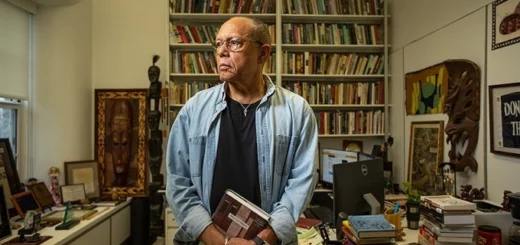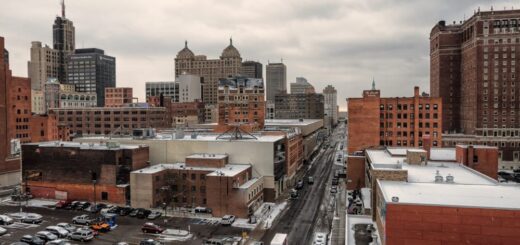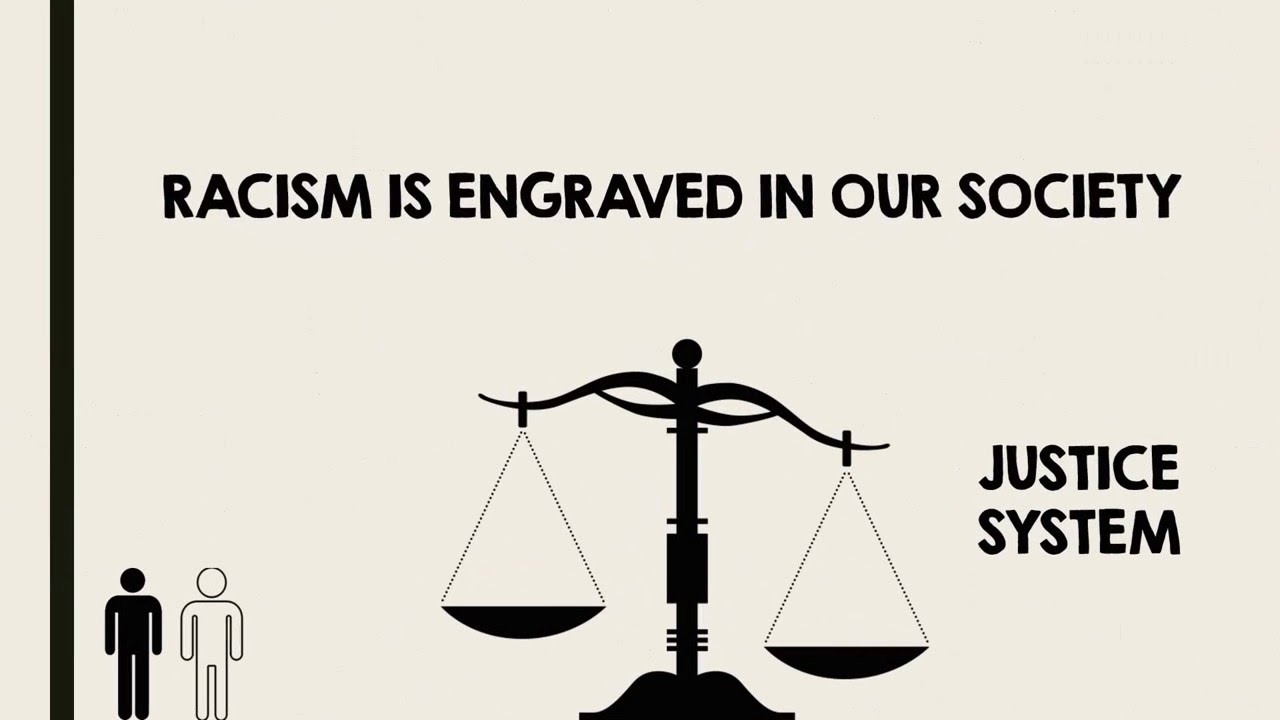Reflections on Black-on-Black Violence
By Henry Louis Taylor, Jr.
The causes of Black-on-Black violence are not really complicated. It results from under resourced and inadequate schools, limited recreational activities, substandard housing, rent and price gouging, dilapidated physical environments, poverty, low wages, over-policing, mass incarceration, and limited socioeconomic opportunities combined with the internalization of self-hatred and rage and a lack of political consciousness.
It is vital to understand that the causes of the cause of Black-on-Black violence stem from upstream systemic structural racism and America’s violent gun-worshipping culture. Black-on-Black violence is knotted to and cannot be separated from these powerful upstream forces, especially America’s violent culture, which is the entity that frames and triggers Black-on-Black violence.
Years ago, the Black activist H. Rap Brown correctly stated that “violence is as American as cherry pie.” Why is this the case? The United States is a White settler-nation that built an economy and way of life based on a cotton production system that required the enslavement and ownership of human beings and their offspring as property and wars of imperialistic aggression against the indigenous population to satisfy cotton’s endless thirst for virgin land. Thus, America centered its culture on belittling human dignity and minimizing the preciousness of human life. This cultural framework still shapes the thinking and behavior of Americans, and Black-on-Black violence cannot be separated from it. As Cornel West once told me, “Brother, it is more than economics. It is also the culture.”
Blacks use this violent gun-worshipping cultural norm to make sense of and navigate life in their world of limited opportunities and hard times, where the struggle for survival is constant, and there is little hope of escape. Anger and bitterness are bred in these spaces where the brute realities of life create conditions where even a minor dispute can erupt into violence.
In their classic text, Black Rage, the psychiatrists William H. Grier and Price Cobbs argued, “Aggression leaps from the wounds inflicted and ambitions spiked. It grows out of oppression and capricious cruelty. It is logical and predictable if we know the soil from which it comes.” Yet, there are two faces to this violence. When Black rage is externalized, it focuses on the abolition of the root causes of Black anger by attacking the actual sources of oppression. On the flip side, when Black rage and racialized self-hatred are internalized, they are directed inward toward other members of the Black community, resulting in Black-on-Black violence.
In this setting, where oppressive conditions breed Black rage, the only way to stop the violence is to raise political consciousness and significantly improve the severely compromised
economic, physical, and social environment where Black folks live. In this way, Black rage can be externalized and directed toward the root causes of oppression and the architects of systemic structural racism. There is no other way to stop the violence. You can try, but in the end, you will fail.
Author Profile
Latest entries
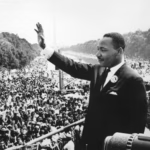 Henry Louis Taylor, Jr.01/20/2025Reflections on Martin Luther King, Jr.’s Dream
Henry Louis Taylor, Jr.01/20/2025Reflections on Martin Luther King, Jr.’s Dream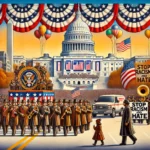 Henry Louis Taylor, Jr.01/09/2025The Trump Inaugural Parade is a Political Event
Henry Louis Taylor, Jr.01/09/2025The Trump Inaugural Parade is a Political Event Henry Louis Taylor, Jr.05/04/2024The Occupation of Hayes Hall: Student Rebellions and Remaking the U.S. UniversityThe Occupation of Hayes Hall
Henry Louis Taylor, Jr.05/04/2024The Occupation of Hayes Hall: Student Rebellions and Remaking the U.S. UniversityThe Occupation of Hayes Hall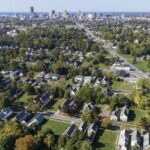 Henry Louis Taylor, Jr.03/21/2024Ryan’s infill housing strategy is the right plan for Buffalo
Henry Louis Taylor, Jr.03/21/2024Ryan’s infill housing strategy is the right plan for Buffalo

